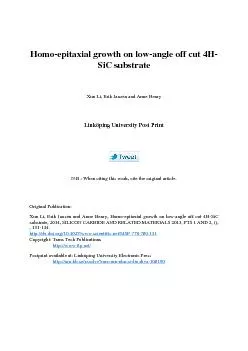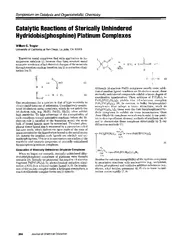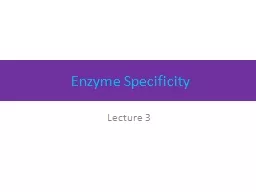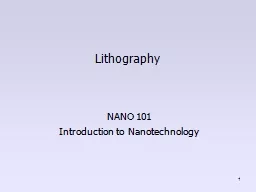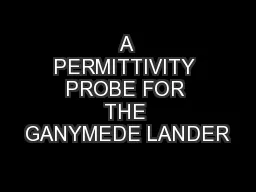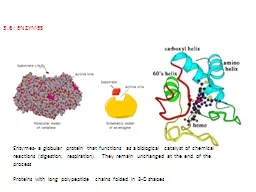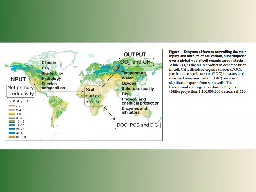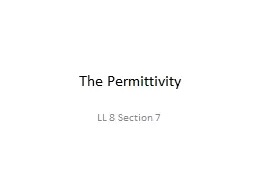PPT-Substrate permittivity
Author : debby-jeon | Published Date : 2017-10-24
measurement for PCB Printed Technology Circuits 20162017 José Carlos Martínez Durillo Index Background Importance and implications of in PCB design Methods
Presentation Embed Code
Download Presentation
Download Presentation The PPT/PDF document "Substrate permittivity" is the property of its rightful owner. Permission is granted to download and print the materials on this website for personal, non-commercial use only, and to display it on your personal computer provided you do not modify the materials and that you retain all copyright notices contained in the materials. By downloading content from our website, you accept the terms of this agreement.
Substrate permittivity: Transcript
Download Rules Of Document
"Substrate permittivity"The content belongs to its owner. You may download and print it for personal use, without modification, and keep all copyright notices. By downloading, you agree to these terms.
Related Documents


